- Growth,
- Segmentation,
- Personalization
How to Build a Winning ABM Personalization Plan That Scales
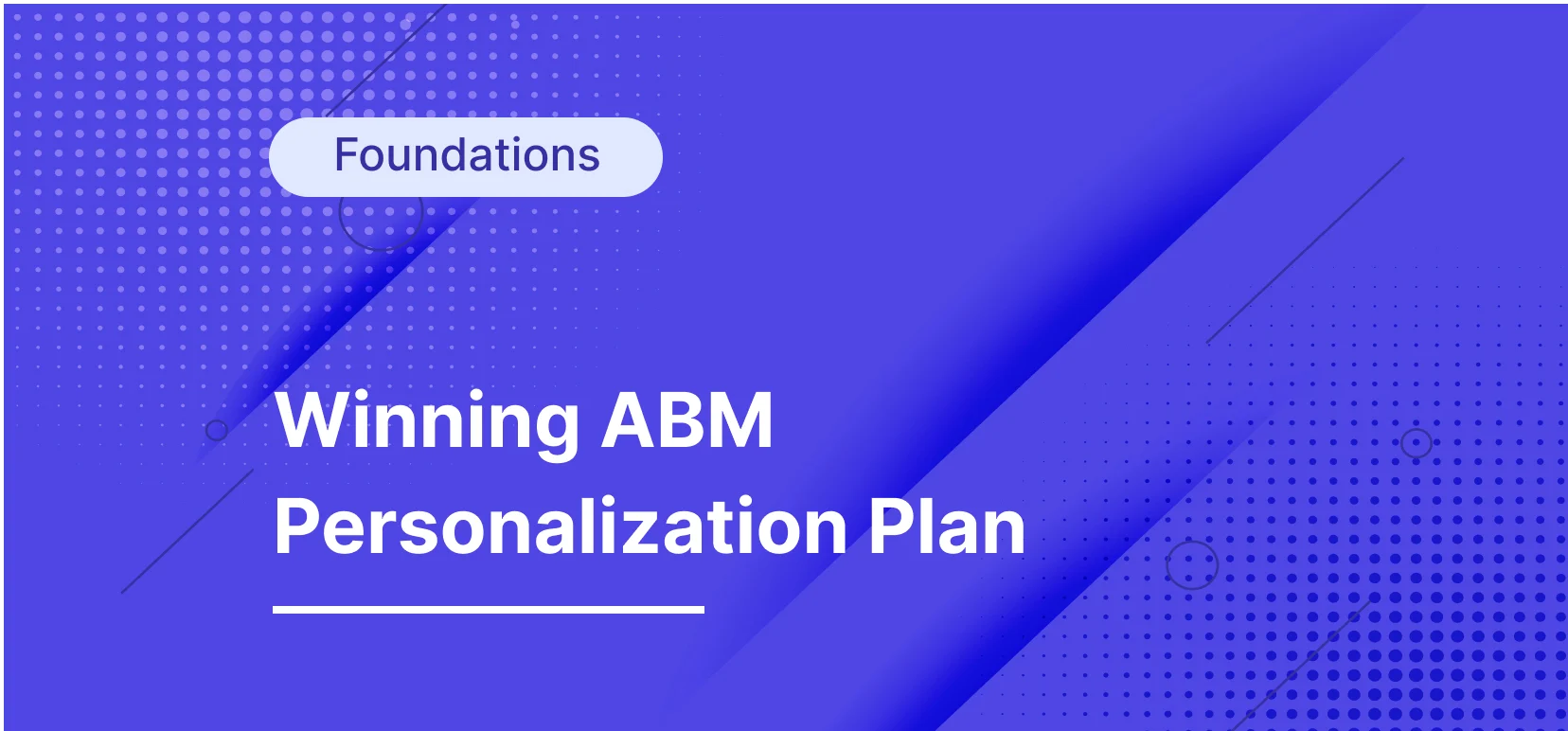
A successful ABM strategy demands an intricate blend of research, planning, and personalization to ensure your message resonates with your chosen accounts.
But how can you build such a strategy?
The process begins with identifying high-value prospects. This requires a careful analysis of the market and a deep understanding of your own product's strengths. Identifying potential accounts isn't just about size or industry; it's about finding companies that are the best fit for your product or solution.
Once you've identified these accounts, the next step is to understand them intimately. This includes their needs, their pain points, and their decision-making processes. Armed with this knowledge, you can then craft a marketing message that speaks directly to these unique factors.
Personalizing your message for each account is crucial. Remember, ABM is not a one-size-fits-all approach. Each account will have different needs and different reasons for considering your product. Your messaging should reflect this diversity and be tailored to appeal to each account individually.
But the work doesn't stop there. An effective ABM personalization strategy requires continuous monitoring and testing. You need to ensure that your messaging is hitting the mark and resonating with your target accounts. If it's not, be prepared to adjust and optimize until it does.
❗ Building a winning ABM personalization strategy may seem daunting, but with careful planning and execution, it can transform your marketing efforts and drive significant results for your business. The journey may be complex, but the rewards are well worth it.
Getting Ready for a Winning ABM Personalization Plan
Embarking on an ABM personalization journey requires careful preparation and strategic planning. Here's how to get ready:
Prioritize the Industries
The first step in your ABM journey is to prioritize the industries you want to target.
This involves a deep dive into market research to understand which sectors hold the most potential for your business.
Consider factors like market size, growth rate, competitive landscape, and the alignment between the industry's needs and your offerings.
👉 The goal is to identify industries where you can make a significant impact and achieve a strong return on investment.
Understand Buyer Needs and Create Personas
Once you've identified your target industries, it's time to understand the needs of the buyers within these industries.
This involves researching and understanding the challenges they face, the solutions they currently use, and their goals.
From this understanding, you can create buyer personas - fictionalized profiles of your ideal customers. These personas should include demographic information, professional roles, pain points, and purchasing behavior.
👉 They will guide your messaging, content creation, and overall marketing strategy.
Create a Proof of Concept
Before going all-in with your ABM strategy, it's wise to create a proof of concept.
This involves selecting a small number of target accounts and implementing your ABM strategy with them. You'll want to personalize your approach based on the buyer personas you've created and track all interactions and outcomes.
👉 The insights gained from this pilot phase can validate your strategy and provide valuable lessons for scaling your efforts.
Start Scaling
With a successful proof of concept under your belt, it's time to start scaling your ABM strategy.
This involves expanding your target account list, refining your personalization tactics based on what you've learned, and investing in tools or resources that can help automate and streamline your efforts.
❗ Remember, scaling doesn't just mean reaching more accounts; it also means deepening your engagement with existing accounts through continued personalization and relationship-building.
Scaling the Winning ABM Personalization Plan
Building Audiences and Experiences
Company Size (Enterprise and Startup)
One of the most fundamental ways to segment your audience is by company size. This typically breaks down into two main categories: enterprises and startups.
Understanding the unique characteristics, needs, and behaviors of these segments can significantly enhance your marketing efforts.
Enterprises are large, established companies with substantial resources and complex structures. They often operate in multiple markets, have a large number of employees, and generate significant revenue. Their needs tend to be more sophisticated, requiring comprehensive and integrated solutions.
Marketing to enterprises requires a deep understanding of their business, industry, and specific challenges. It often involves building relationships with multiple stakeholders, as purchasing decisions usually involve several decision-makers.
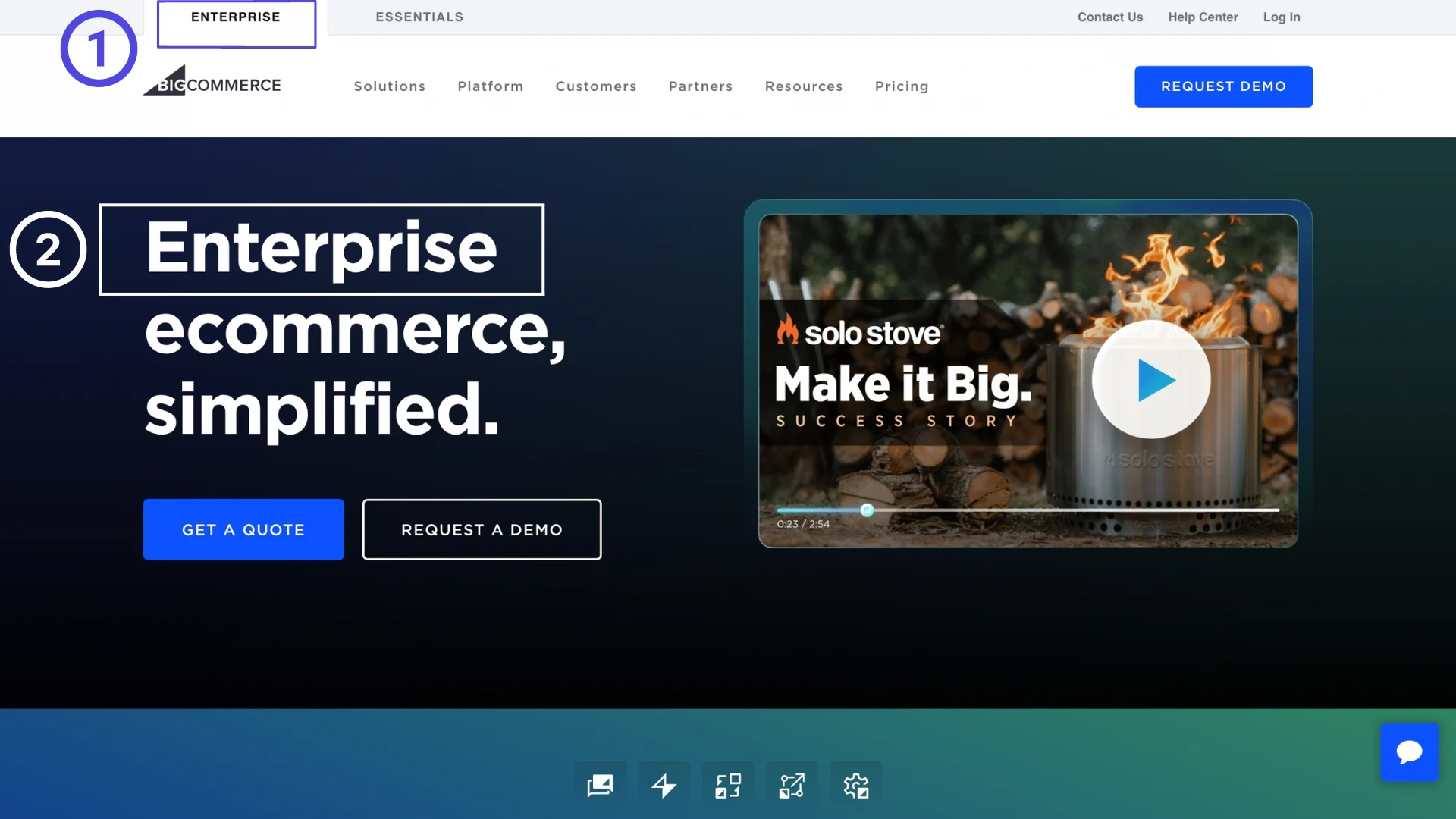
On the other hand, startups are young, fast-growing companies that are still establishing their market position. They are typically characterized by innovation, agility, and risk-taking. For startups, the primary focus is often on growth and proving their business model.
Marketing to startups requires a different approach. They often have smaller budgets and fewer resources, so they value cost-effective and flexible solutions. They also tend to make decisions quickly and are more willing to experiment with new tools and approaches.

Segmenting your audience based on company size allows you to tailor your marketing strategies to meet the unique needs of each segment, leading to improved engagement and conversion rates.
Industry (Fashion, Health, and Food)
The second layer of audience segmentation involves categorizing your audience by industry vertical, which is a highly effective way to further refine your marketing strategy.
Different industries have unique needs, pain points, regulations, and buzzwords.
By segmenting your audience based on industry, you're able to tailor your messaging to resonate with each specific sector, thereby enhancing engagement and conversion rates.
For instance, if your product has found a market fit in the fashion, food, and health sectors, your communication should reflect the distinct characteristics of each.
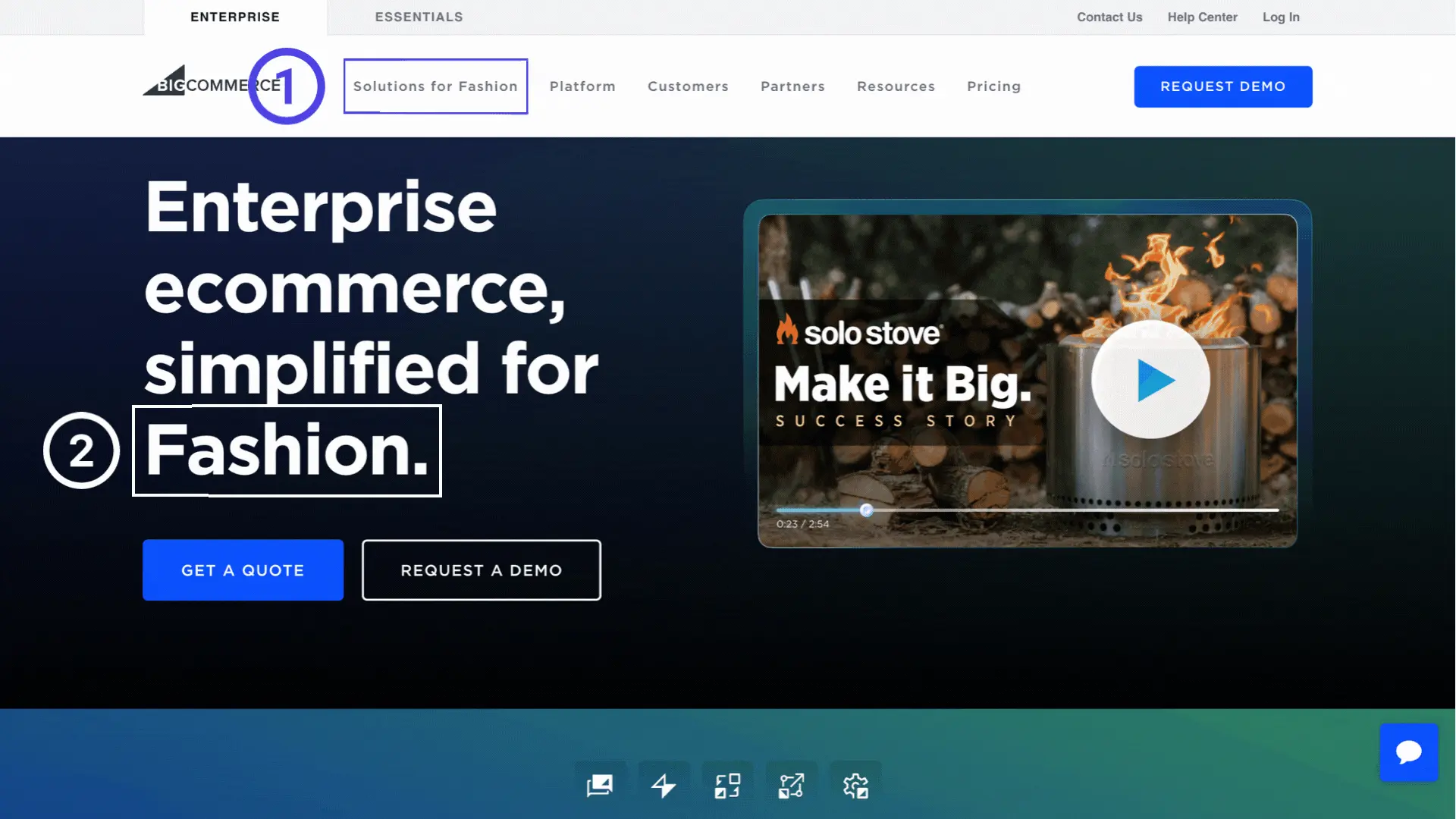
Industry-specific personalization shows your audience that you understand their unique needs and challenges.
It allows you to demonstrate your subject-matter expertise and speak directly to each industry's pain points, which can help build trust and drive engagement.
Furthermore, it provides an opportunity to create industry-focused content and campaigns, which can resonate more deeply with your target audience and set you apart from competitors.
Personas (Product and Marketing Teams)
The third layer of audience segmentation, persona-based segmentation, allows you to dive even deeper into your target audience's characteristics.
After segmenting by company size and industry vertical, persona segmentation enables you to tailor your messaging to reflect the specific roles, responsibilities, and challenges of different individuals within those companies.
Consider a product used by both developers and marketers - these two personas have distinct needs, concerns, and motivations.
Developers are typically concerned with the technical aspects of a product. They're interested in how easy it is to integrate, its performance, reliability, and how well it's documented. They often value products that offer flexibility, robust functionality, and efficient problem-solving capabilities.
When communicating with developers, it's crucial to demonstrate your product's technical merit.
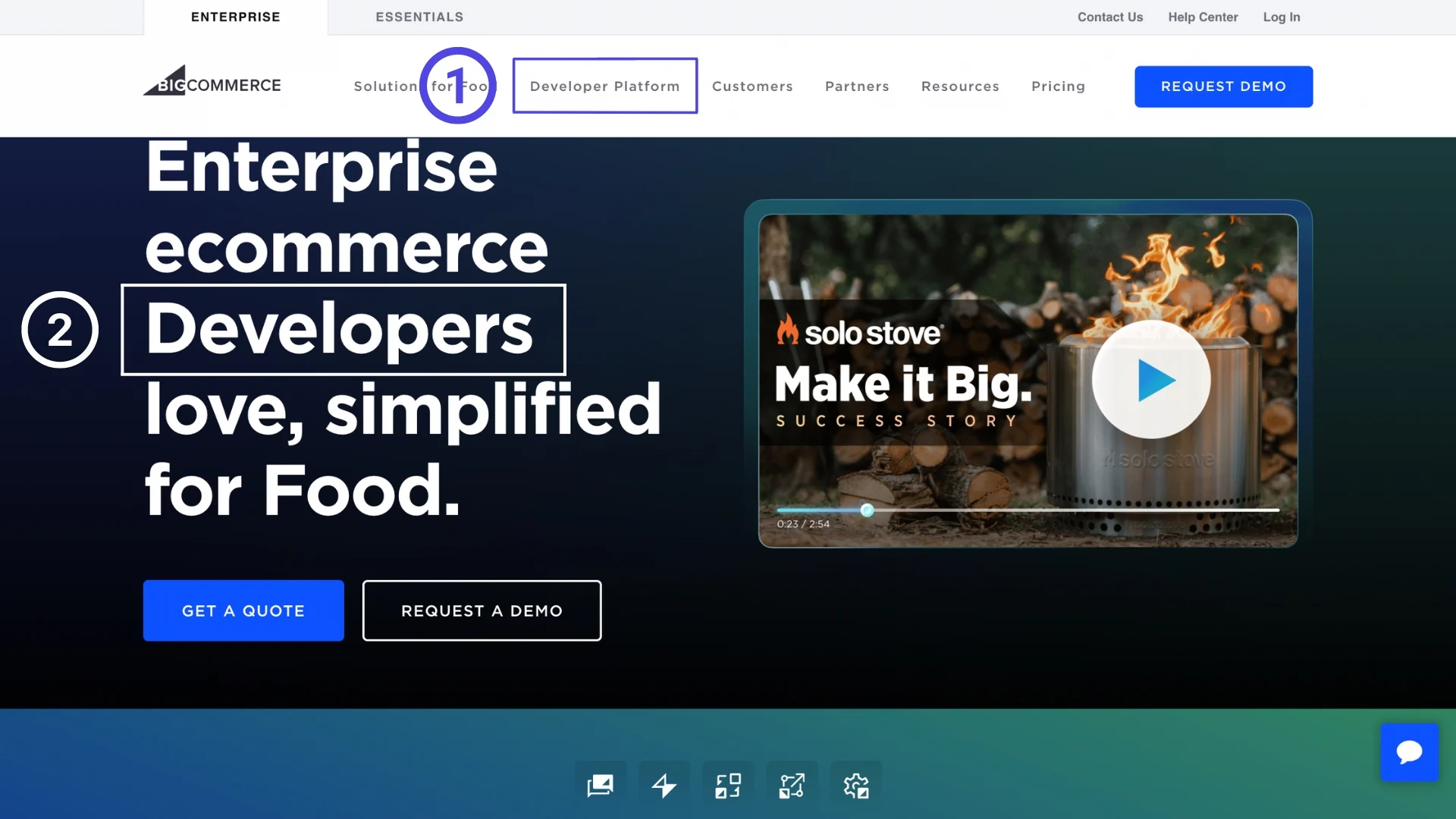
Marketers, on the other hand, are usually focused on how a product can help them achieve their marketing goals, such as increasing brand awareness, generating leads, or improving customer engagement.
They're interested in user-friendly interfaces, insightful data analytics, and strong ROI.
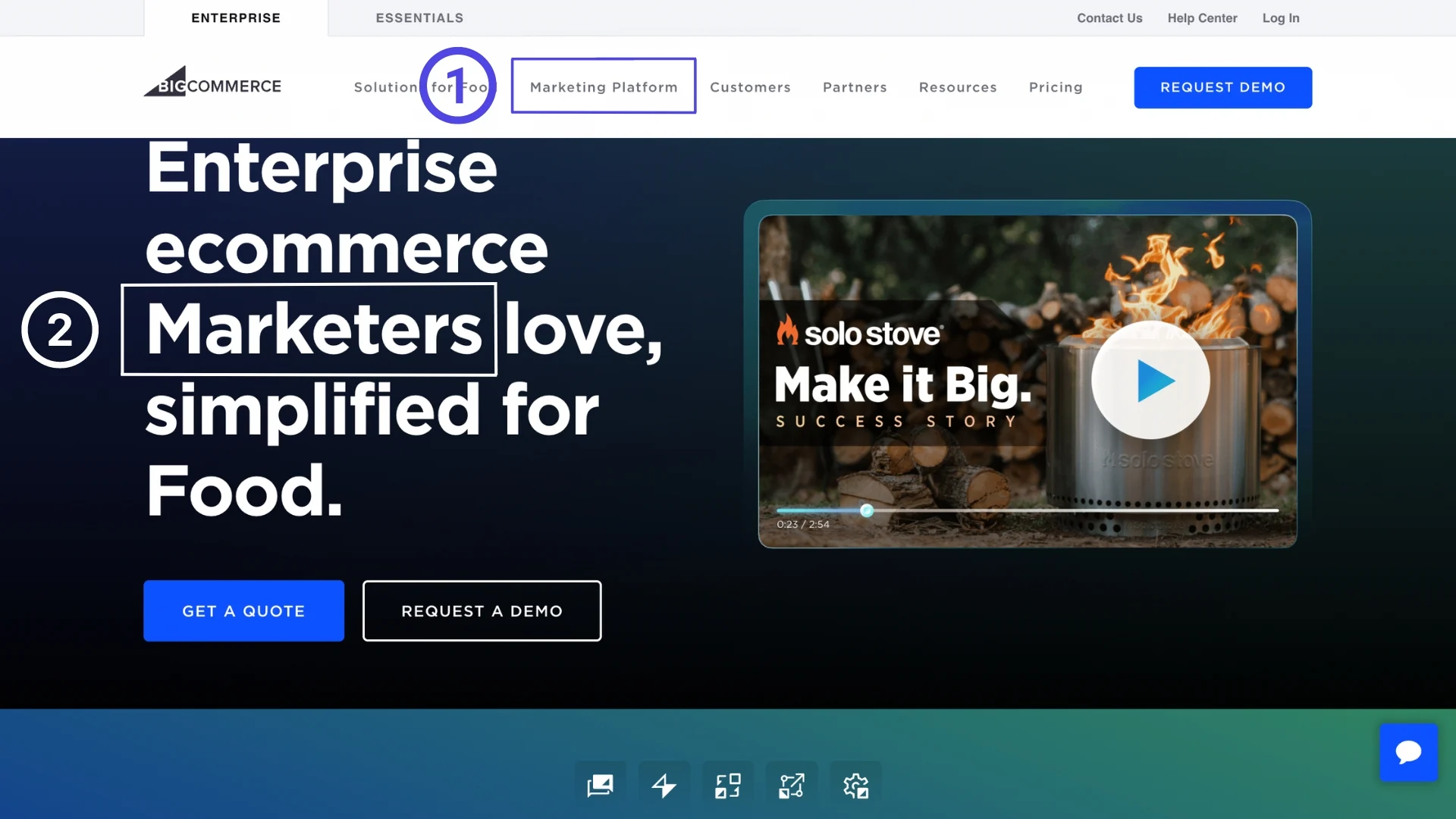
Customer Journey (Exploration, Interest, Consideration, and Intent)
The fourth layer of audience segmentation, funnel stage segmentation, is a crucial element of a comprehensive marketing strategy. After segmenting by company size, industry verticals, and personas, slicing your audience by their stage in the buyer's journey allows you to deliver the right message at the right time, further enhancing your marketing effectiveness.
The typical funnel stages include Exploration, Interest, Consideration, and Intent. Each stage represents a different level of familiarity and engagement with your brand or product and thus requires a different marketing approach.
Analyze, Test, and Optimize to Increase Your Revenue
Building a winning ABM personalization plan is an exciting journey, filled with opportunities for understanding your audience better and creating more meaningful, valuable interactions.
As we've explored throughout this playbook, personalization is not simply a 'nice-to-have' but an essential element in maximizing revenue and building lasting relationships with your customers.
However, the work doesn't stop once you've implemented your plan.
To truly reap the rewards of ABM personalization, it's crucial to continuously analyze, test, and optimize your strategies.
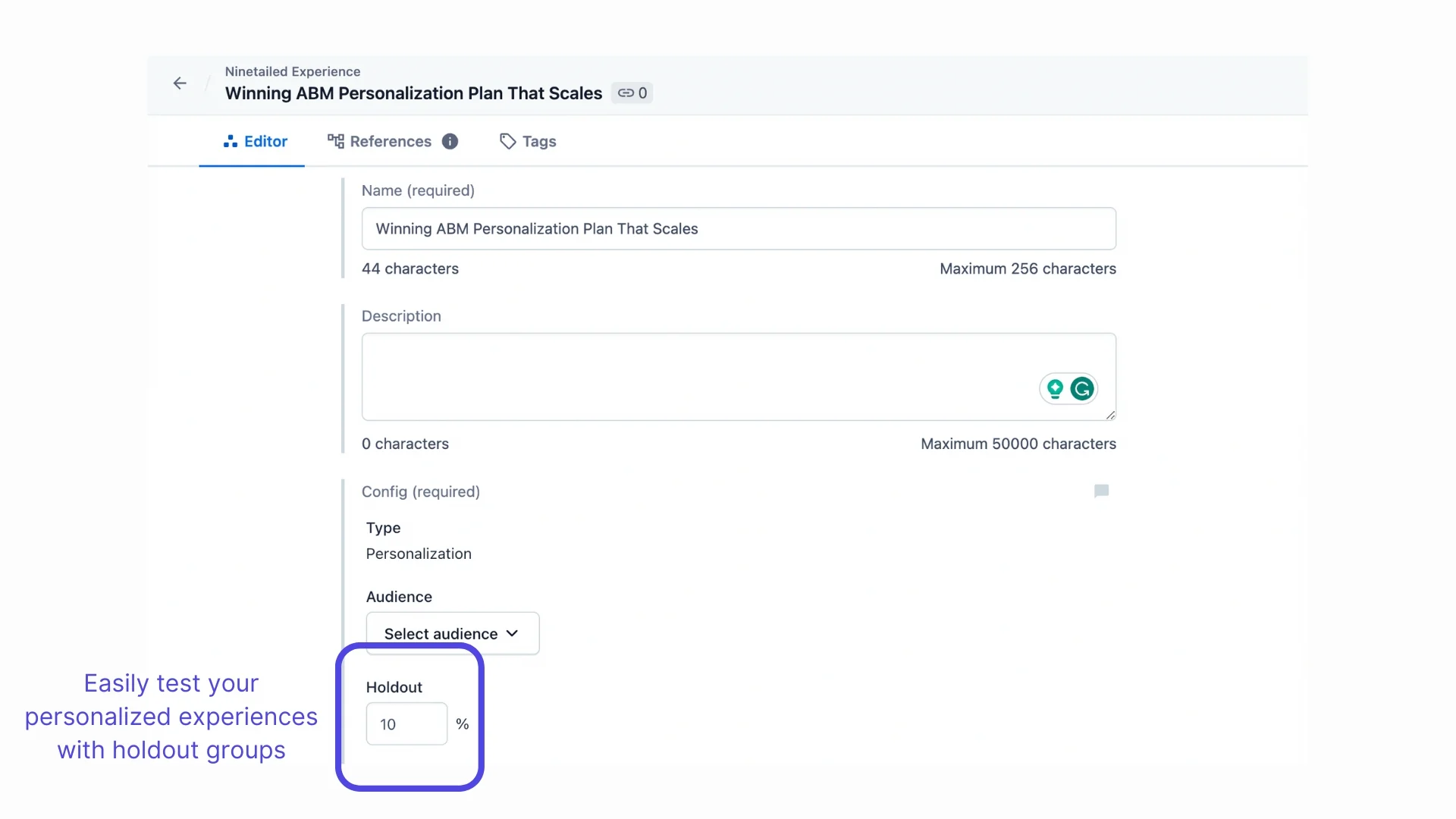
For instance, you could use A/B testing to compare the effectiveness of different personalization tactics or employ analytics tools to gain insights into how your audience is engaging with your content.
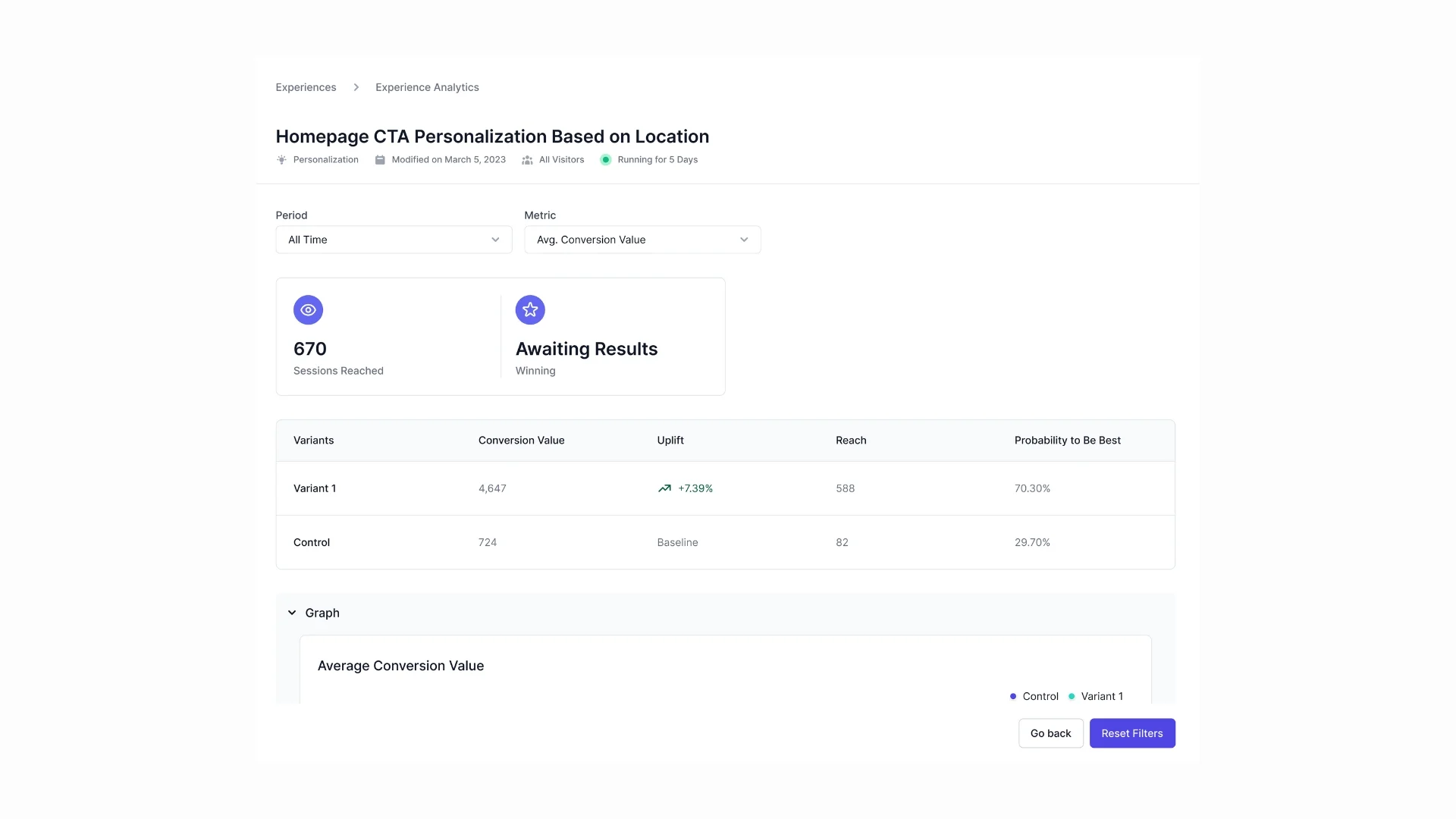
Based on these insights, you can then optimize your plan, refining your messaging, targeting, and delivery to better meet your audience's needs and drive greater engagement. This might involve fine-tuning your audience segments, experimenting with different types of content, or investing in new technologies to deliver even more personalized experiences.
Now that you're armed with this knowledge, it's time to put it into practice. Start segmenting your audience, crafting personalized messages, and exploring the power of ABM personalization. Remember, every step you take towards personalization brings you closer to your audience, deepening your understanding of their needs, motivations, and behaviors.
Get in touch to learn how Ninetailed personalization, experimentation, and insights works inside your CMS
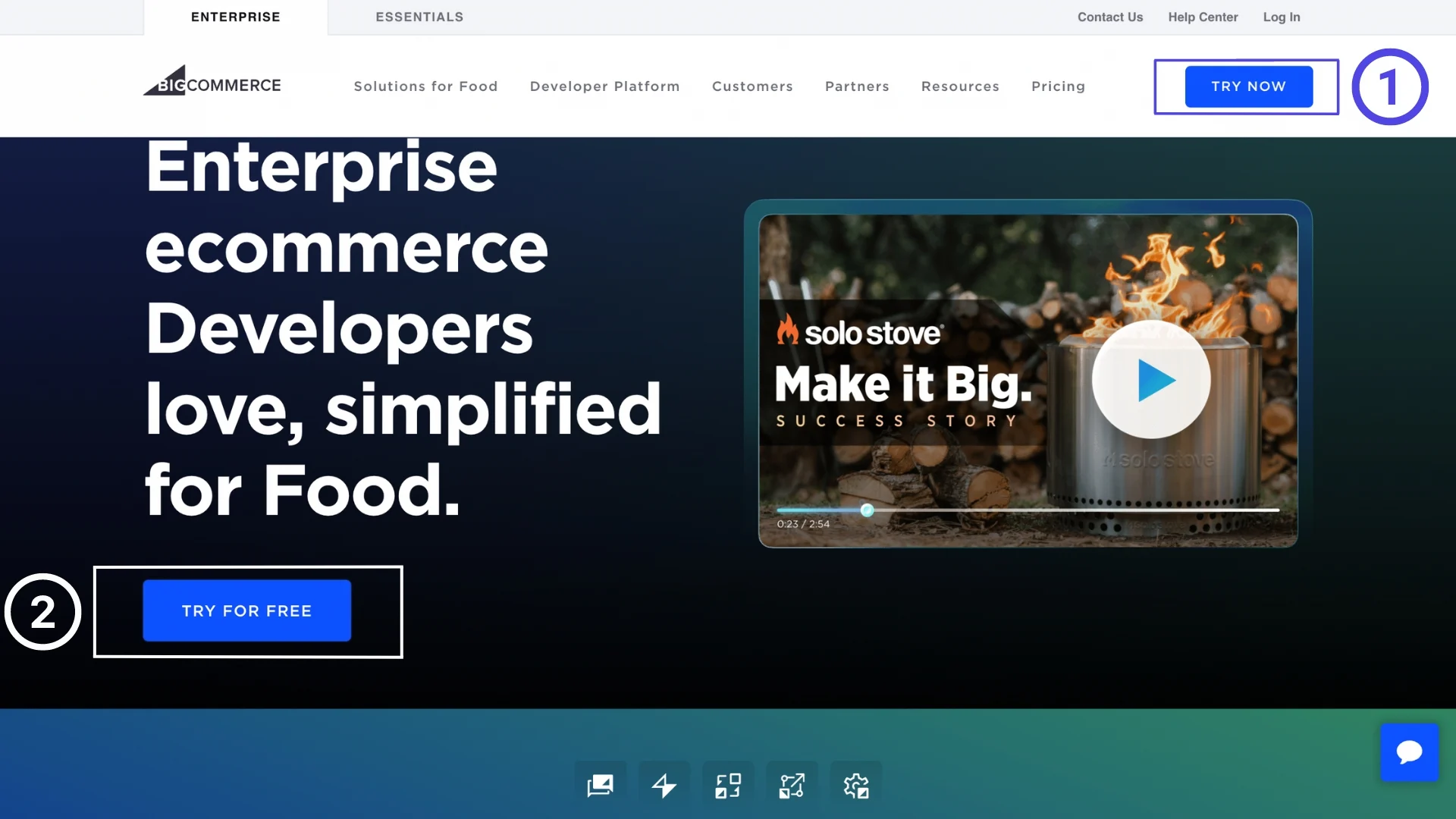
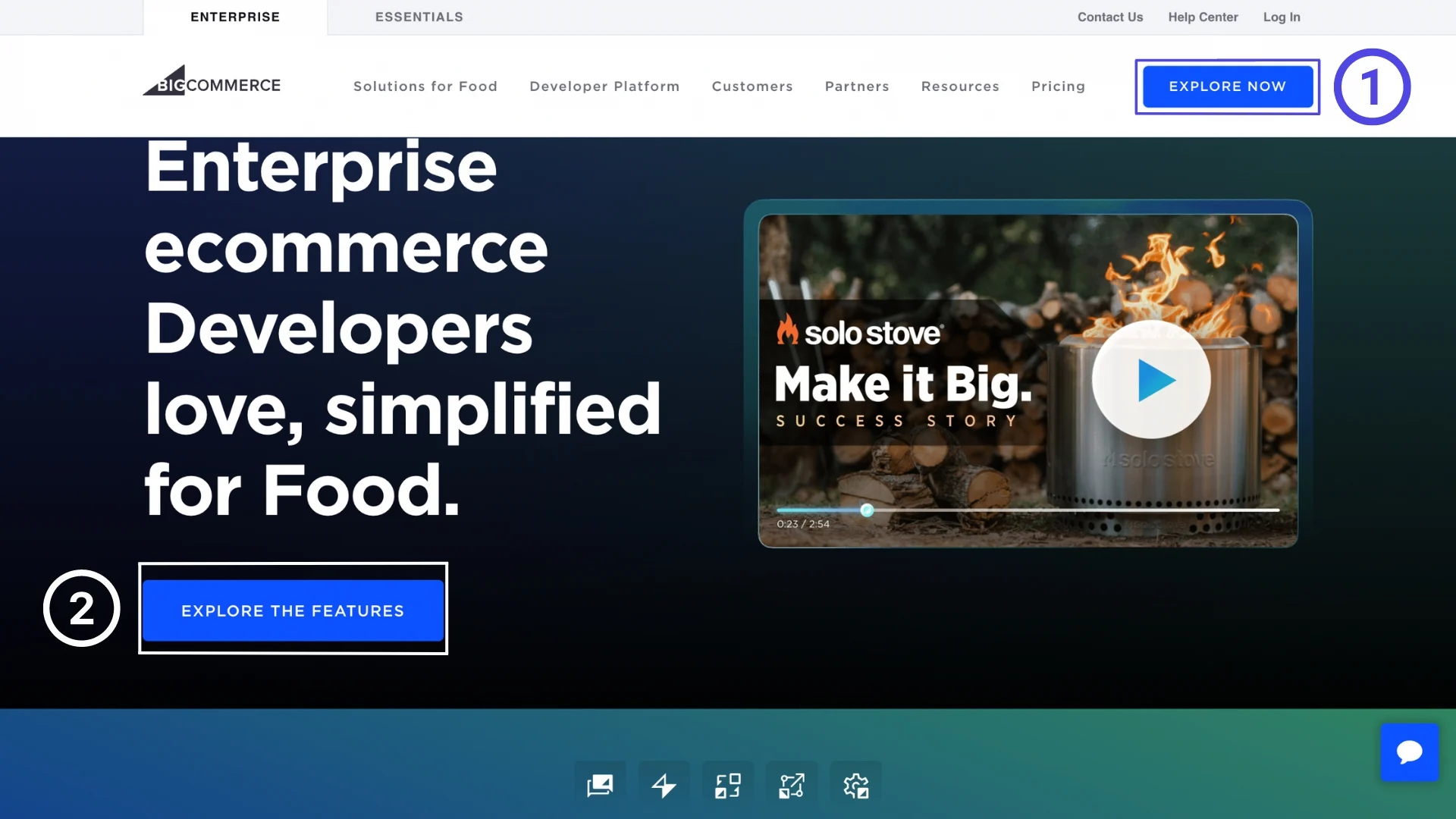

![4 Benefits of Headless A/B Testing [with Examples from Ace & Tate]](https://images.ctfassets.net/a7v91okrwwe3/1rAE9Eod5ybWUHtc9LEMLo/607bdcaf0512ec8f2af0f9f93dbe84f8/Ace___Tate_landscape.jpg?fm=webp&q=75&w=3840)